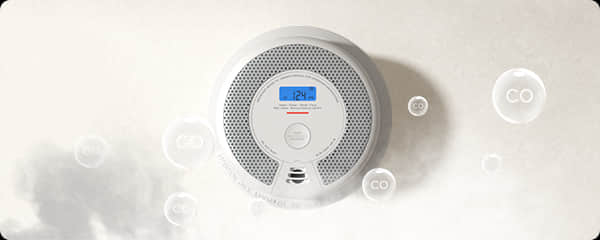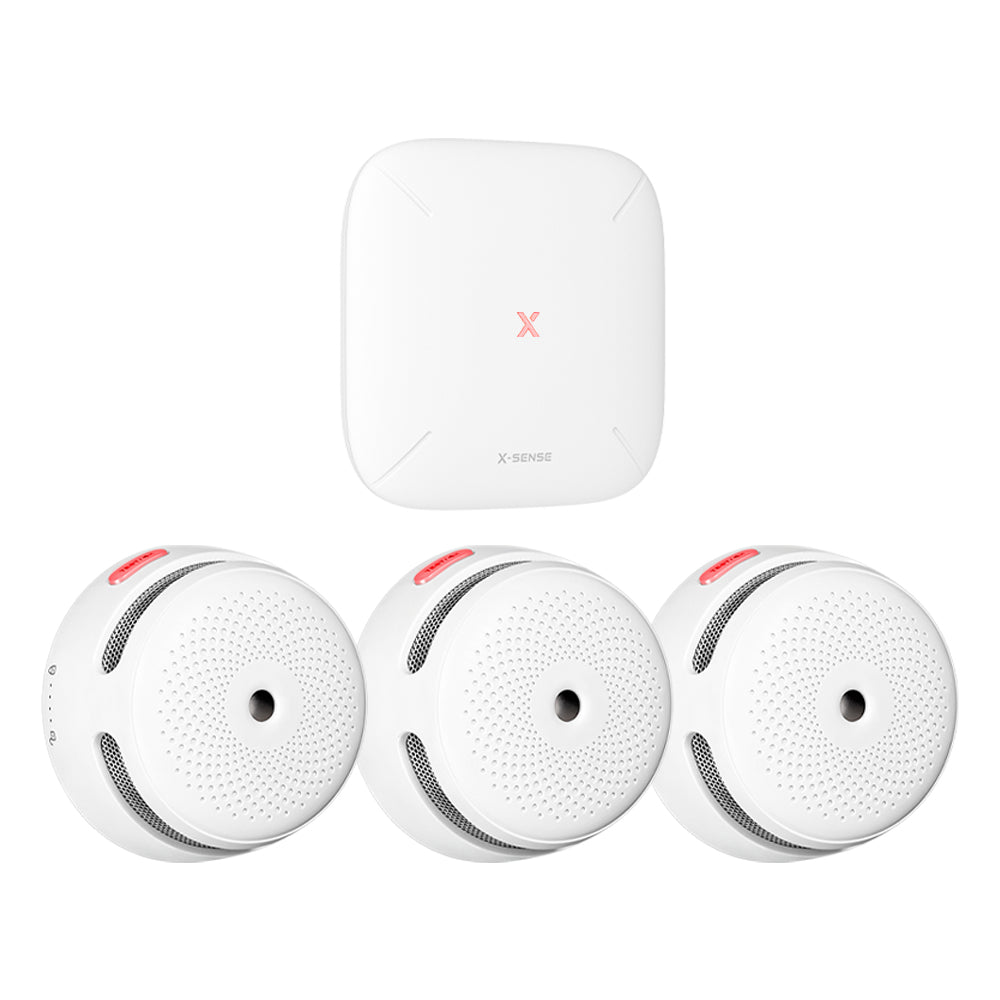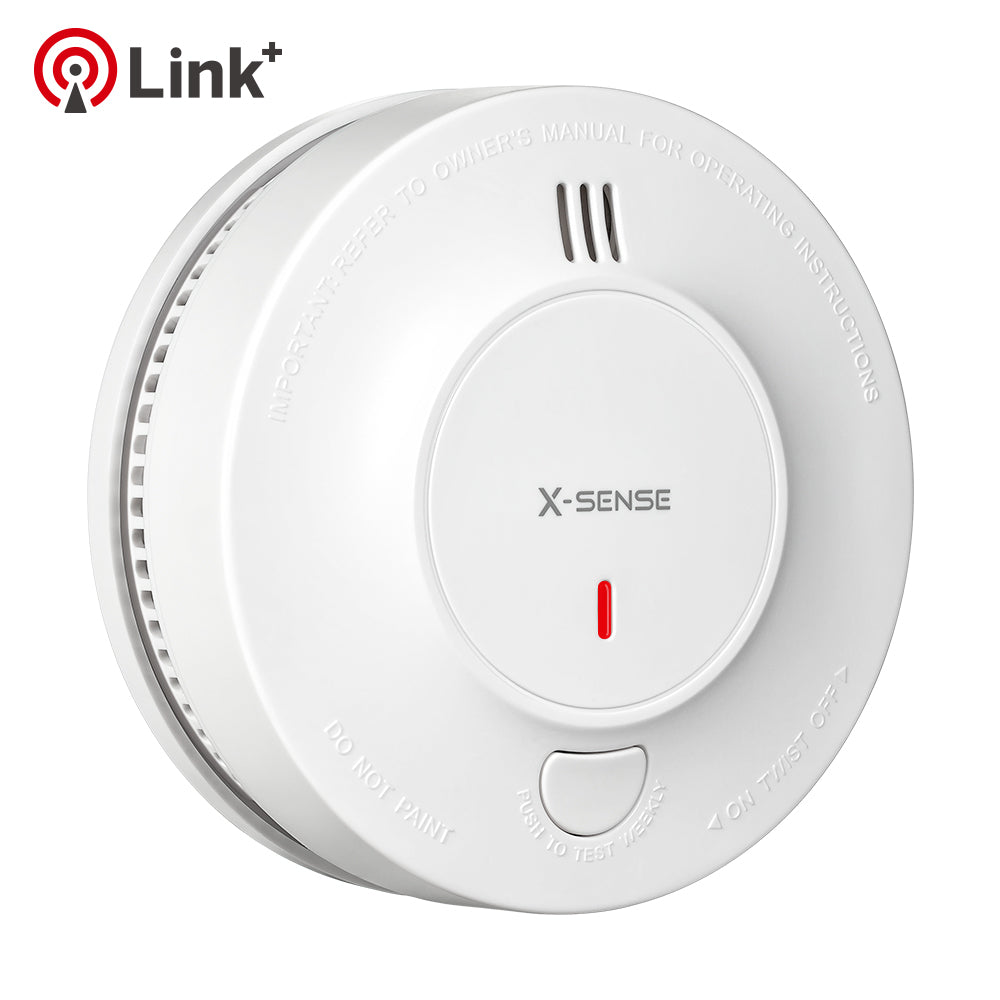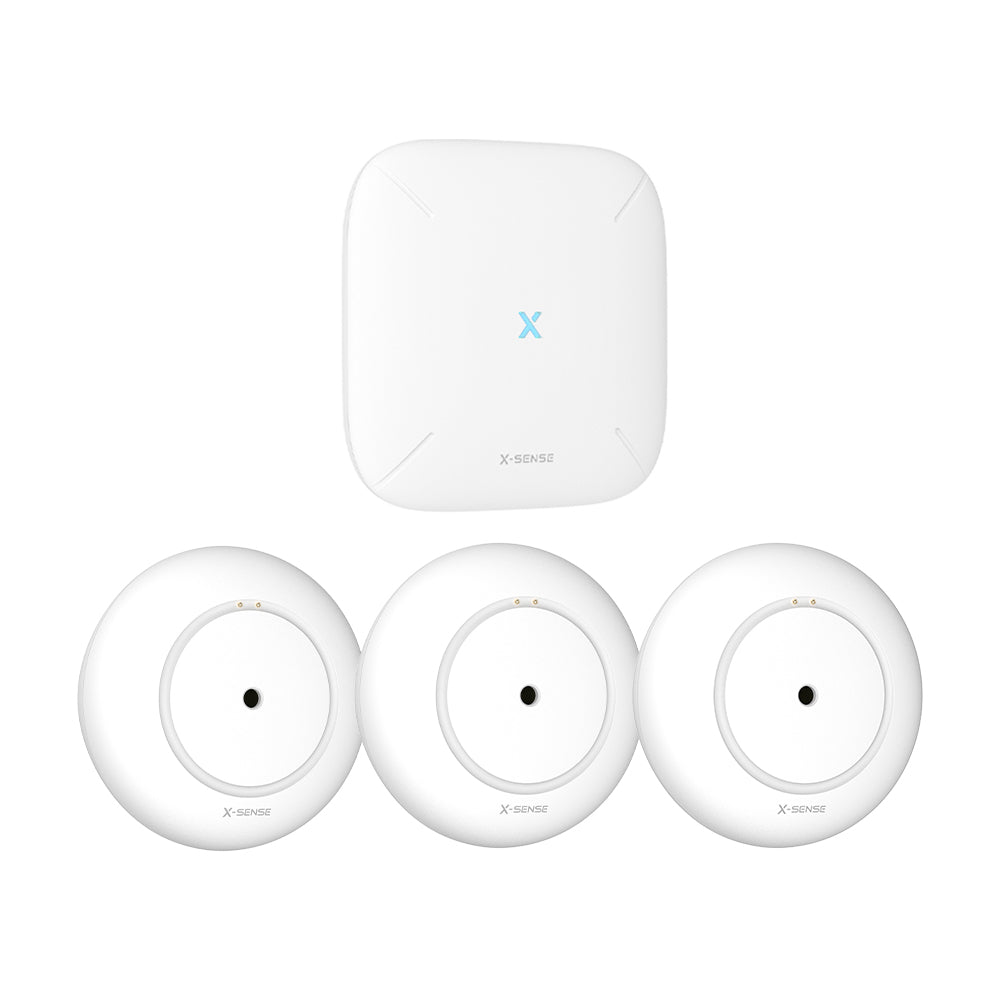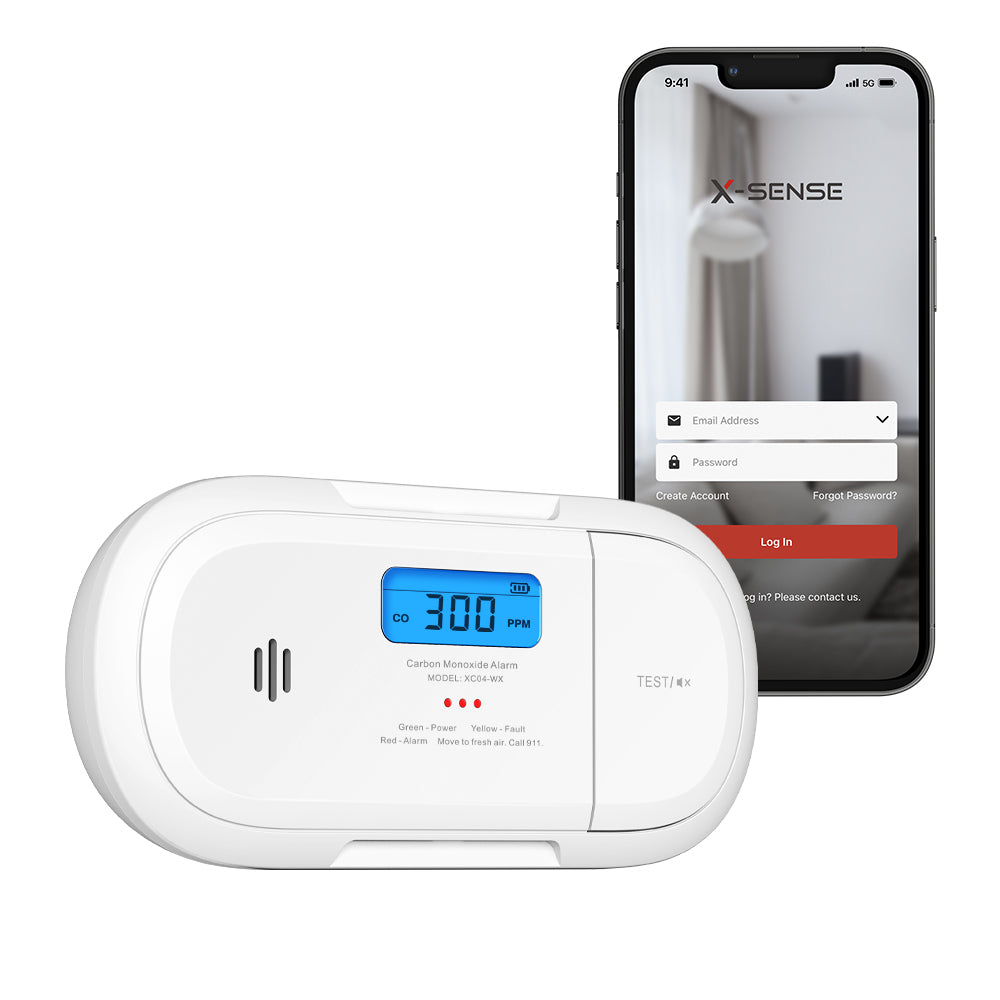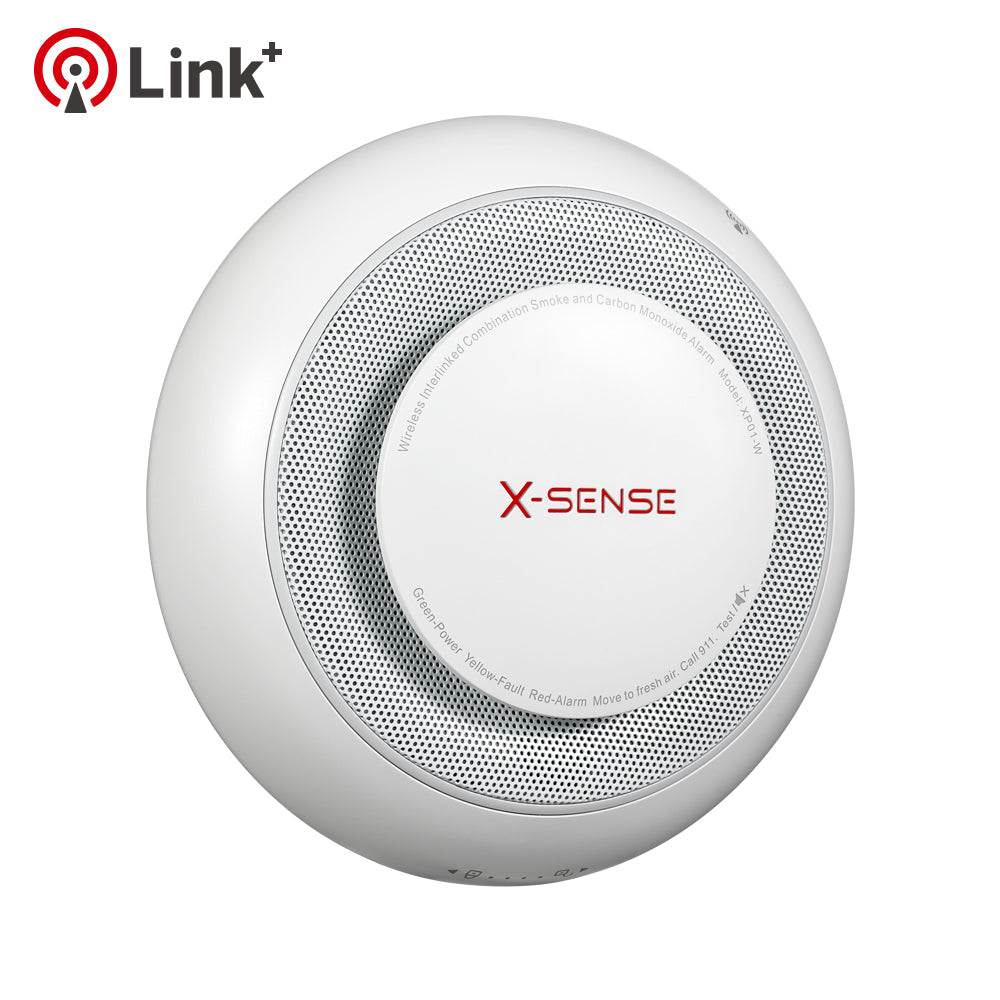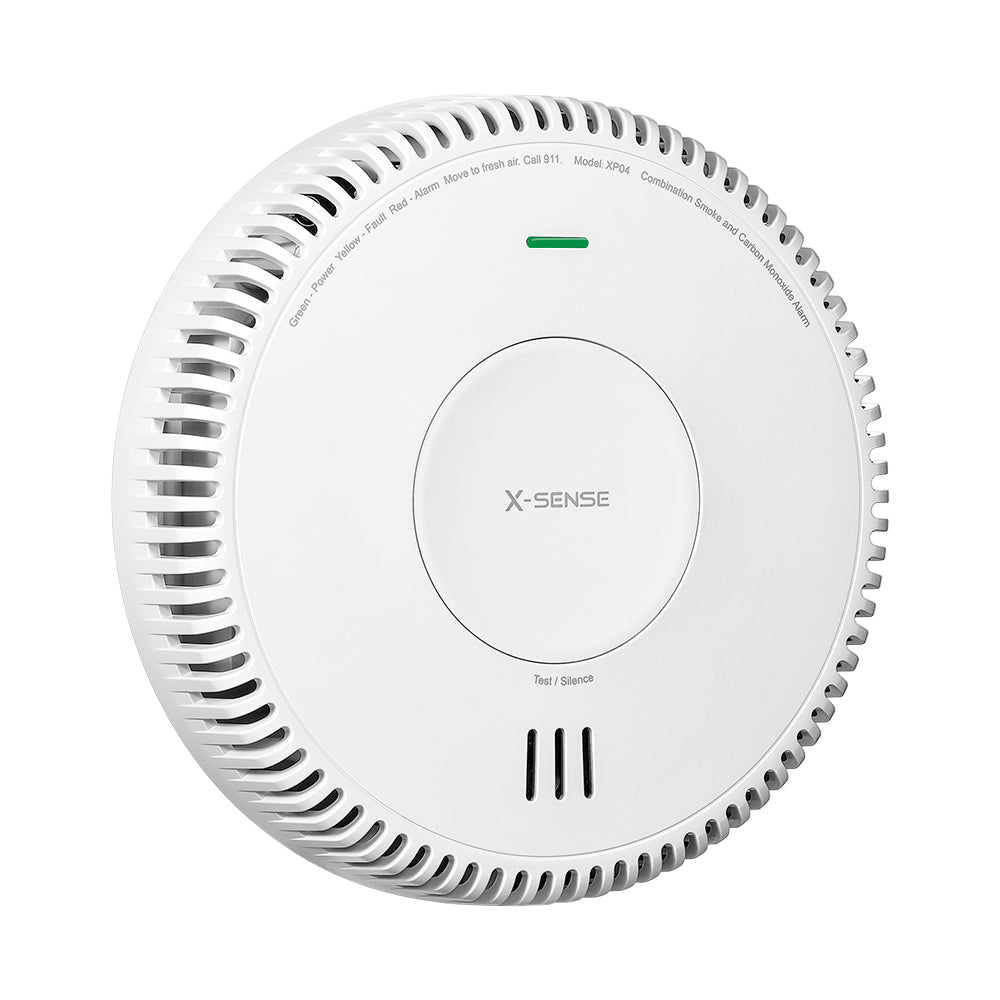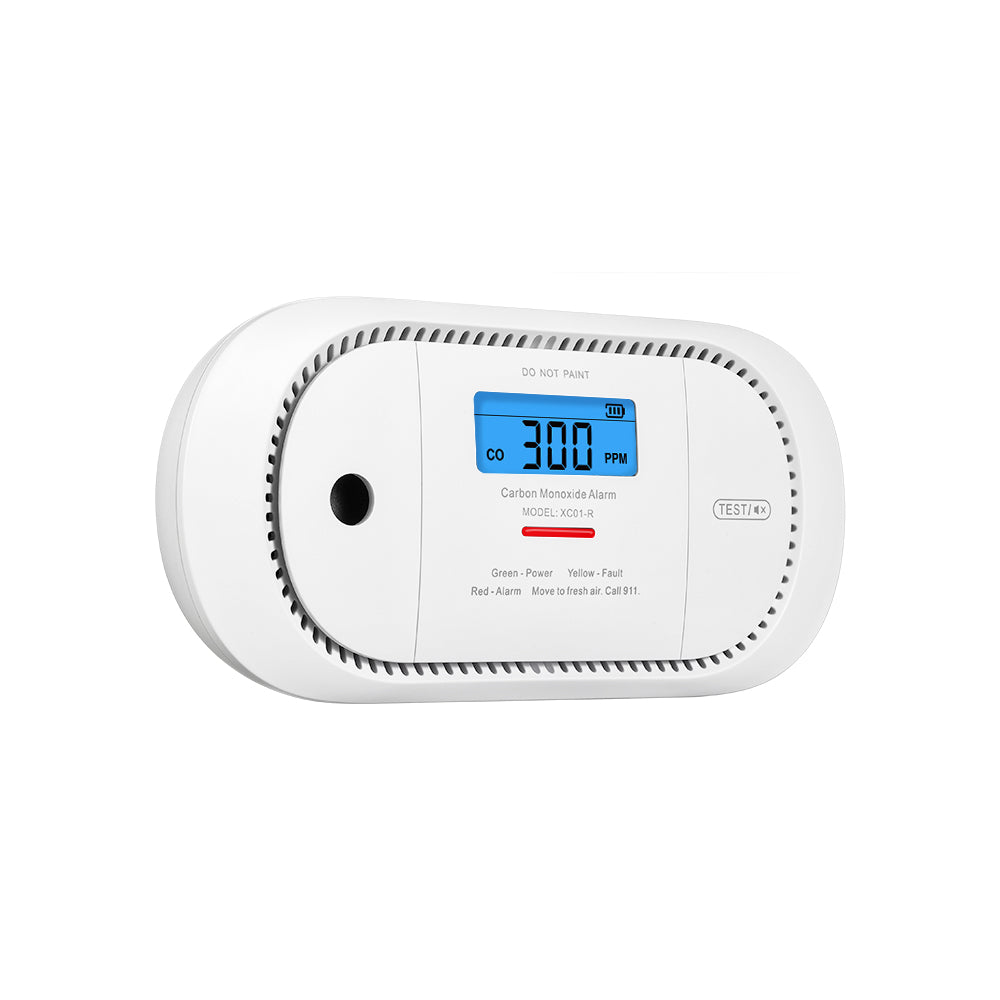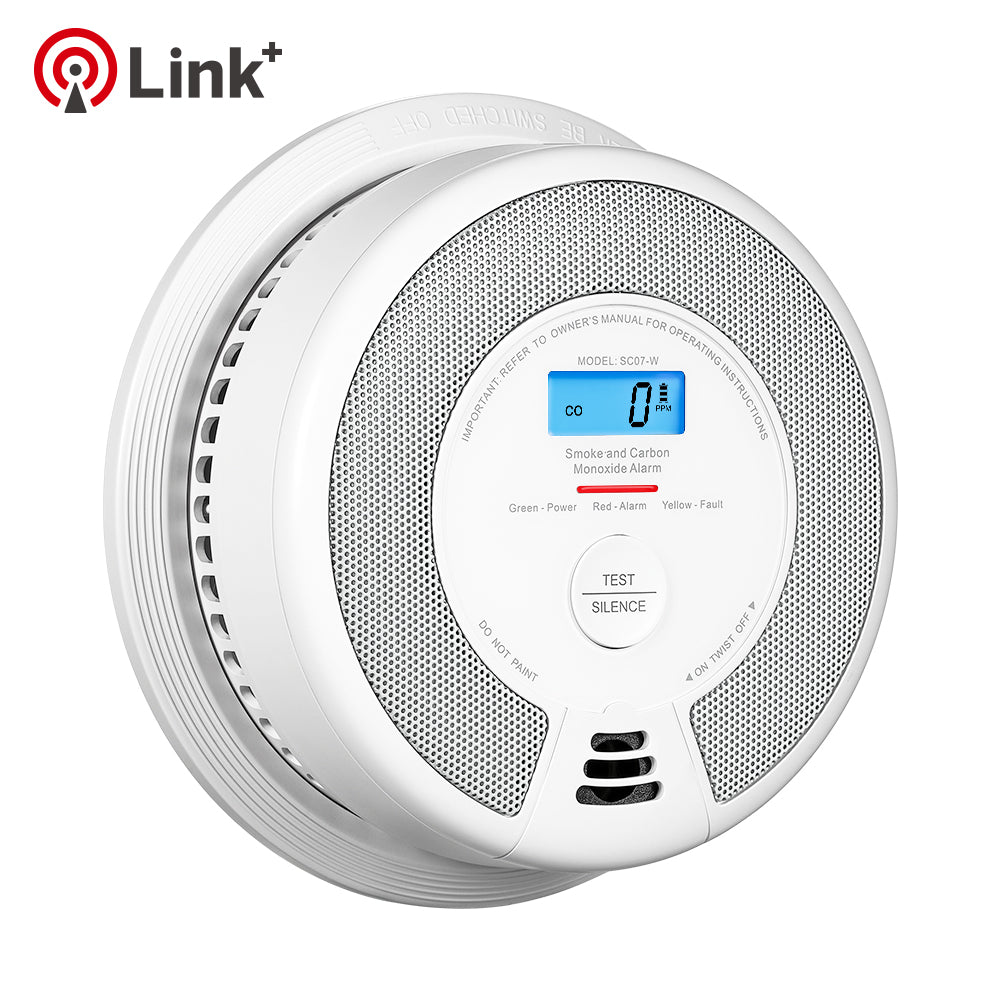Maximizing Home Safety: The Importance of Smoke Alarms and CO Detectors
Wed, Jun 26, 2024
Understanding and installing the right smoke alarms and carbon monoxide (CO) detectors are critical steps in enhancing home safety. These devices are vital for early warnings that can save lives and prevent property damage. This article delves into the different types of alarms, offers practical installation advice, and provides maintenance tips to ensure your home remains a safe environment.
Understanding the Types of Detectors
Smoke Alarms: There are two primary types of smoke alarms:
- Ionization smoke alarms are more responsive to flaming, fast-moving fires.
- Photoelectric smoke alarms excel at detecting smoldering, slow-burning fires.
Utilizing dual-sensor alarms, which combine both technologies, can provide comprehensive fire detection.
Carbon Monoxide Detectors: These are crucial for detecting the presence of CO, an invisible and odorless gas, often emitted by burning fuels. CO alarms use electrochemical sensing technology to provide an early warning, helping to prevent CO poisoning.
Combination Smoke and CO Detectors: These are convenient as they detect both smoke and carbon monoxide with a single unit, simplifying installation and maintenance.
Installation and Placement Tips
Smoke alarms should be installed on every level of your home, including the basement and near all sleeping areas. Mount them on ceilings or high on walls, as smoke rises. CO detectors should be placed at least one on each level of your home and near sleeping areas. Avoid installation right next to fuel-burning appliances to prevent false alarms; place them at least 15 feet away from such sources.
Maintenance and Regular Testing
Test all detectors monthly using the test button. Replace batteries at least once a year in battery-operated units. Some models feature a 10-year sealed battery, which simplifies maintenance. Smoke alarms should be replaced every 10 years, and CO detectors according to the manufacturer’s recommendations, typically every 5 to 7 years.
Advanced Features and Connectivity
Modern systems may connect to home Wi-Fi networks, allowing remote monitoring and notifications on smartphones. Integrating smoke and CO detectors with other home safety devices like security cameras and environmental sensors can create a comprehensive safety system managed through a central hub.
Troubleshooting Common Issues
Dust, steam, or other environmental factors can trigger false alarms. Regular cleaning and proper placement can help reduce these incidents. Knowing how to quickly silence a false alarm is crucial; most systems include a 'hush' feature for this purpose.
Conclusion
Effective functionality and integration of smoke alarms and CO detectors are crucial for ensuring home safety. By choosing reliable products and adhering to recommended installation and maintenance practices, homeowners can significantly enhance their protection against potential fires and carbon monoxide exposure. Regular updates and checks on these systems contribute to an environment where safety is a priority.
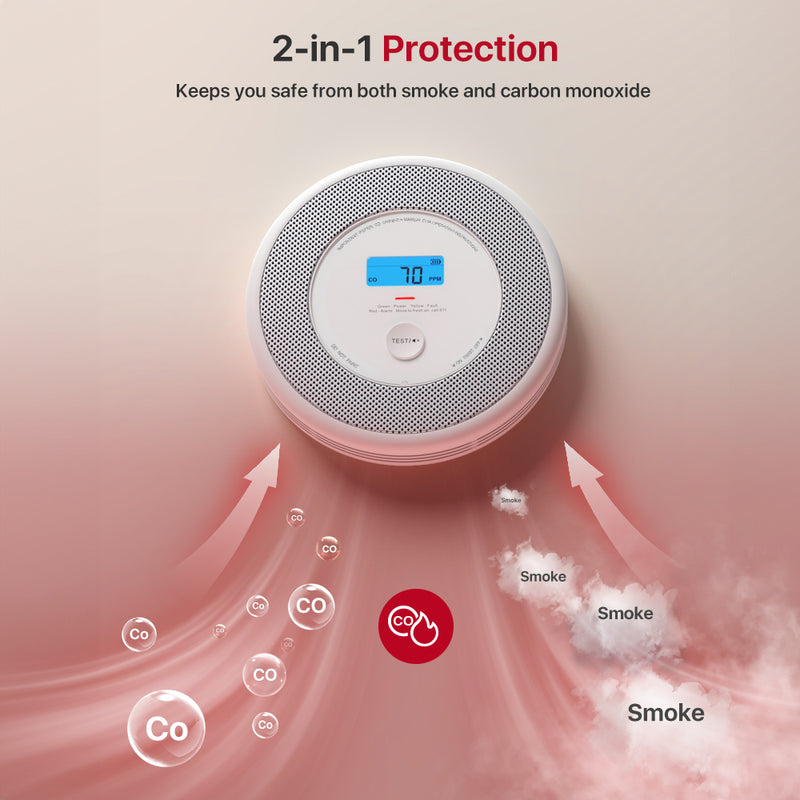
XP0A-MR WiFi Smoke & CO Combination Alarm
Enhance your home safety with this advanced combination alarm that connects to your home Wi-Fi for real-time alerts and notifications on your smartphone.
View Product


